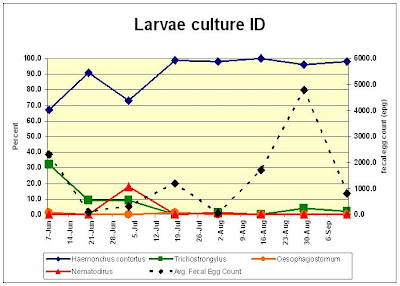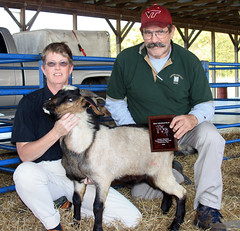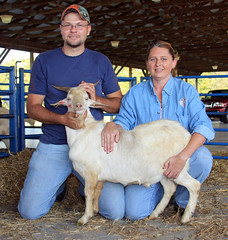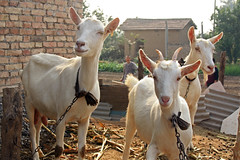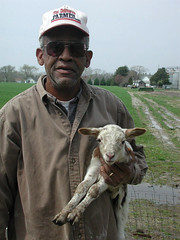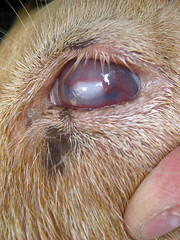 Pink eye is an infectious and contagious bacterial disease of sheep, goats, and other animals. It may occur at any time of the year and in sheep and goats of any age.
Pink eye is an infectious and contagious bacterial disease of sheep, goats, and other animals. It may occur at any time of the year and in sheep and goats of any age.The microorganisms most commonly associated with pink eye in sheep and goats are Chlamydia psittaci ovis and Mycoplasma conjunctivae. They are not the same organisms that cause pink eye in cattle.
Affected animals should be isolated from the rest of the flock to prevent spread of the disease. Pink eye is usually treated with any number of antibiotics that are injected into the body or placed directly in the eye.
The most common treatment is to apply terramycin ointment to the affected eye(s) two to four times per day. The disease is usually self-limiting and will clear up on its own in 10 to 14 days.
Read full article

